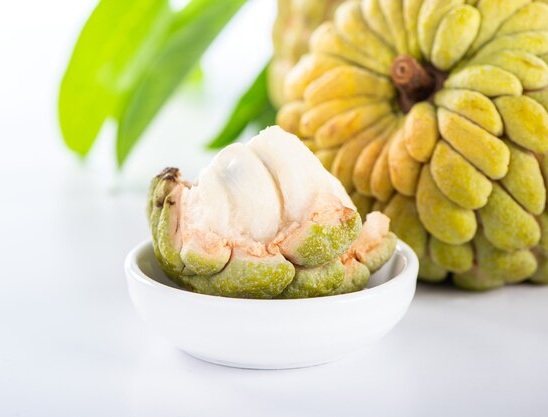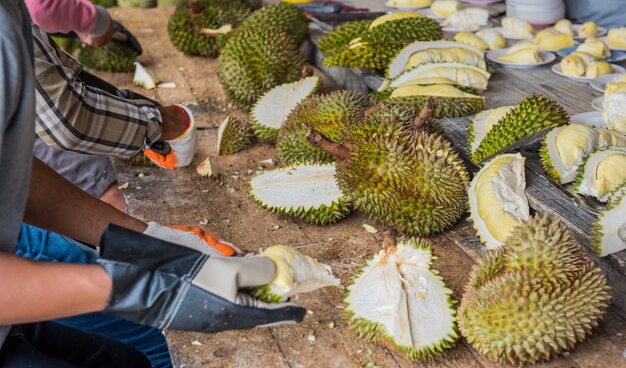
In the humid jungles of Southeast Asia grows a fruit so pungent it's banned in hotels and public transportation across the region. Yet despite—or perhaps because of—its notorious reputation, the durian commands a cult-like following among food adventurers.
What Makes Durian Special?
The durian (Durio zibethinus) is a large tropical fruit native to Borneo and Sumatra, weighing between 1-3 kilograms and covered in formidable thorns. But it's not the appearance that makes durian infamous—it's the smell.
Scientific Name: Durio zibethinus
Native to: Borneo and Sumatra
Season: June-August
Average Weight: 1-3 kg
The Infamous Aroma
Descriptions of durian's smell range from "rotting onions" to "turpentine and onions, garnished with a gym sock." The odor comes from sulfur compounds similar to those found in rotten eggs and cooked onions. The smell is so persistent that in 2018, the University of Sydney evacuated an entire building when someone brought durian into a study room.
The Sublime Taste
Despite its challenging aroma, durian enthusiasts describe the flesh as having a rich, custard-like texture with a complex flavor profile:
- Creamy vanilla
- Caramelized onion
- Almonds
- Whiskey notes
The texture varies between varieties—some are thick like cheesecake while others are runny like melted ice cream. Temperature also affects the experience; chilled durian has milder aroma intensity.
Cultural Significance
In Southeast Asia, durian is more than just fruit—it's part of the cultural fabric:

The King of Fruits
Durian holds the honorary title "King of Fruits" in Malaysia, Thailand, and Indonesia. This isn't hyperbole—in these countries, durian season sparks nationwide excitement, with people planning durian-tasting road trips the way Americans plan fall foliage tours.
Economic Impact
Premium cultivars can sell for hundreds of dollars per fruit. In China, demand has created a lucrative export market—in 2018, Malaysia exported over $60 million worth of durians to China.
Health Benefits
Beyond its polarizing flavor, durian packs impressive nutritional benefits:
Calories: 147
Protein: 1.47g
Carbs: 27.09g
Fiber: 3.8g
Vitamin C: 19.7mg (33% DV)
Potassium
Is It Worth Trying?
If you're adventurous with food, durian is an experience you won’t forget. While many are put off by the smell, others find the flavor addictive and utterly unique. Just be sure to try it fresh from a reputable vendor—your taste buds will thank you!
